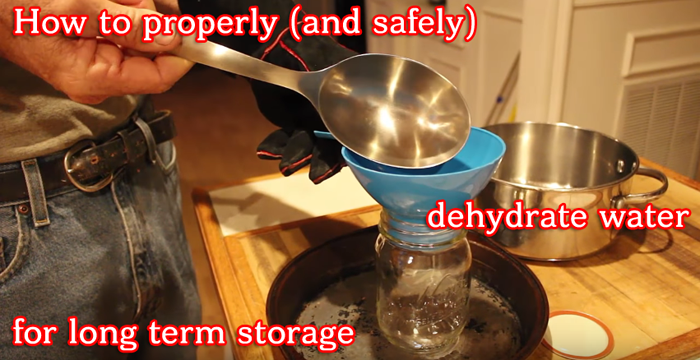
Empty shelves
What is the first thing to disappear off the shelves in an emergency? Water, that is the main thing I heard people on the news saying, everyone was out of water, and of course food is close behind of the things that will be stripped from the shelves. Fuel, batteries, paper plates and other things that don’t require washing. I have said it again and again, don’t wait until the emergency is on your doorstep to begin to prep, be ready long before that storm, hurricane, power outage or whatever might occur. It’s not a matter of IF, it’s a matter of WHEN, these things will happen and you can either be the folks standing in long lines, possibly leaving empty handed, or you can be the smart people who are ready for whatever may come.
It’s so much easier to prep ahead of time, you can do it little by little each week or payday, rather than worrying about how much money you will have to spend, that is IF the water, food and fuel are even available, you will be sitting at home, safe with your family, ready to ride out whatever is coming.
This is something I will never understand, people who live on the coast, they KNOW that each year there are possibilities of storms, hurricanes, cyclones, tropical storms, and yet when it happens, the news is full of stories of empty shelves at the grocery stores, long lines, running out of fuel at the gas stations, the hardware stores running out of plywood sheets to cover windows… this goes for people living in other areas that are prone to natural disasters, earthquakes, wildfires, storms, up north where they can get deep snow and ice, anyone who lives in a place that can have weather that can cause power outages or prevent you from getting out.
Even if you are on the thinnest of budgets, you can buy a few extra cans of food, things that don’t require heating, buy an inexpensive MANUAL can opener and make sure it works properly. You can buy up one or two gallons of water a week or payday, those only cost a dollar or so each, you don’t have to get the expensive H2O, get the cheapest you can find and stash it away. Buy up some cheap paper plates and plastic eating utensils, some wet wipes and hand sanitizer. Don’t forget about your pets, a few extra cans of food will not break the bank.
Try to have some comfort food, snacks that do not require refrigeration or heating. If you have children, it’s a good idea to have a few coloring books and crayons or colored pencils to help keep them occupied. Also you can invest in some board games, chess, checkers, Life, whatever you like, you can find these inexpensively in the dollar stores.
Depending on …









